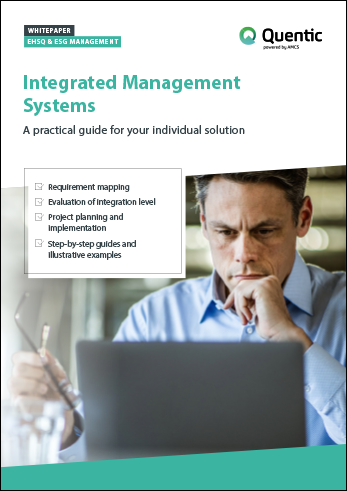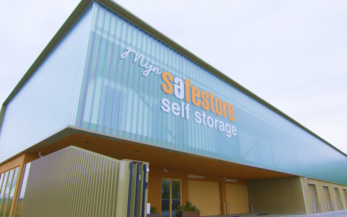The duplication of data
Another challenge: training and user adoption. Employees may find it time-consuming and challenging to adapt to different interfaces and workflows associated with multiple software systems. And then, the issue of data redundancy looms large. Duplication of data may occur when different systems store similar information. This results in inefficiencies and potential discrepancies.
Real-time updates are crucial in manufacturing, but isolated systems may not always provide this feature. This limitation can hinder decision-making and responsiveness. Scalability is also a concern. As the organization expands, isolating systems struggle to scale effectively, disrupting data consistency.
Vendor dependencies can become a significant drawback. Organizations may find themselves reliant on multiple software vendors, each with distinct licensing terms and support requirements. This dependence can limit flexibility and create vendor lock-in.
Moreover, managing and maintaining multiple systems is a time-consuming and resource-intensive endeavour. It necessitates meticulous attention to software updates, patches, and bug fixes for each individual system. Lastly, compatibility issues can emerge. Changes or updates to one system may not align with others, leading to potential downtime.




